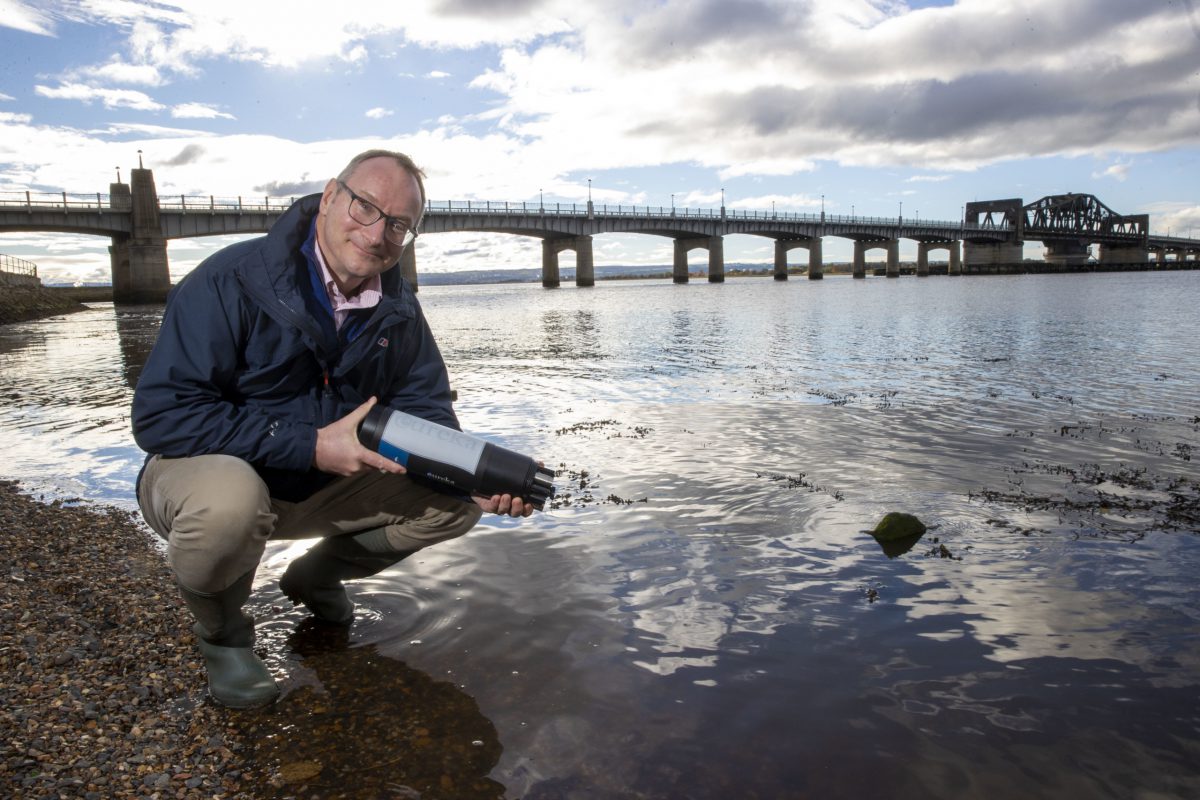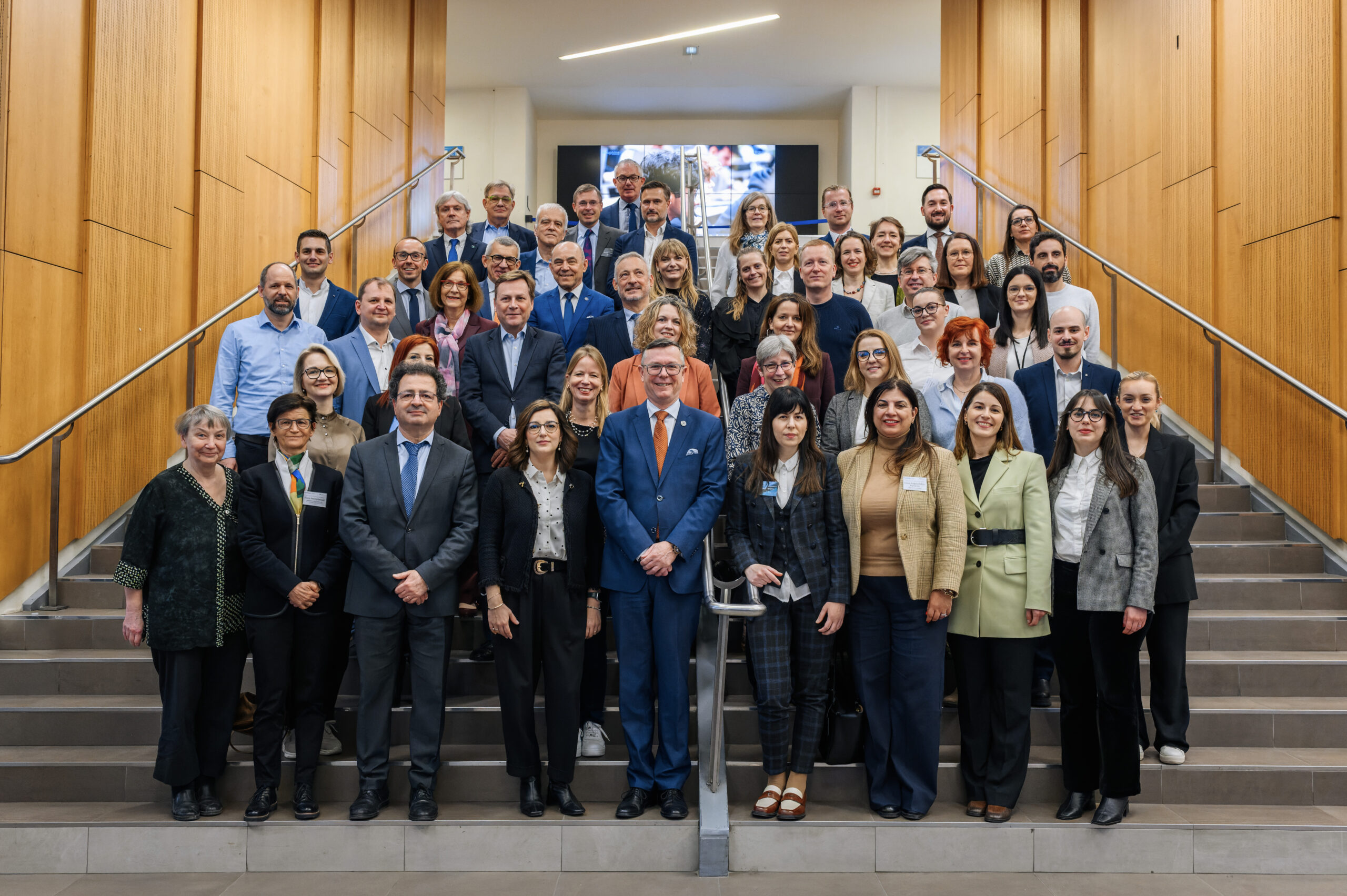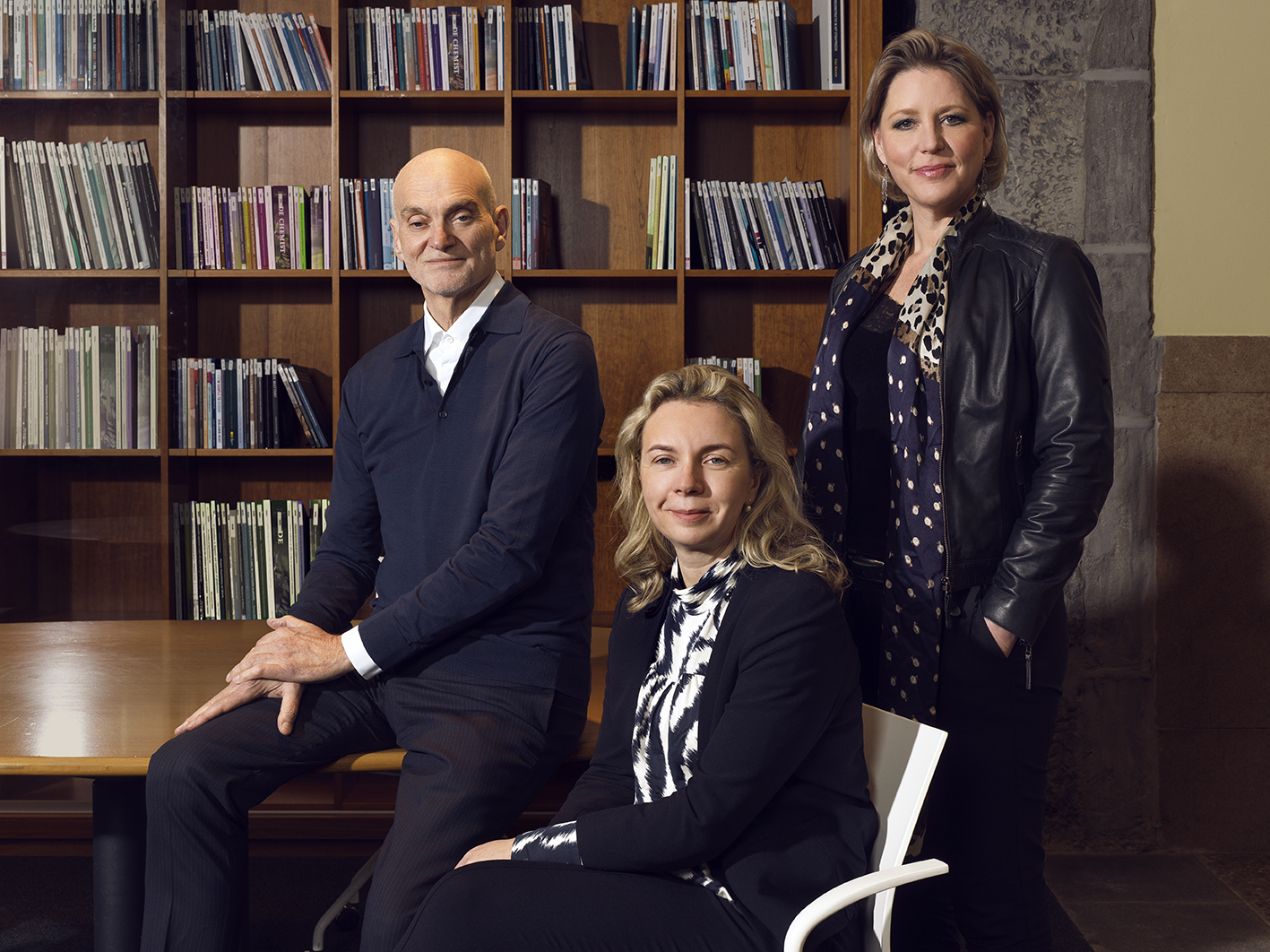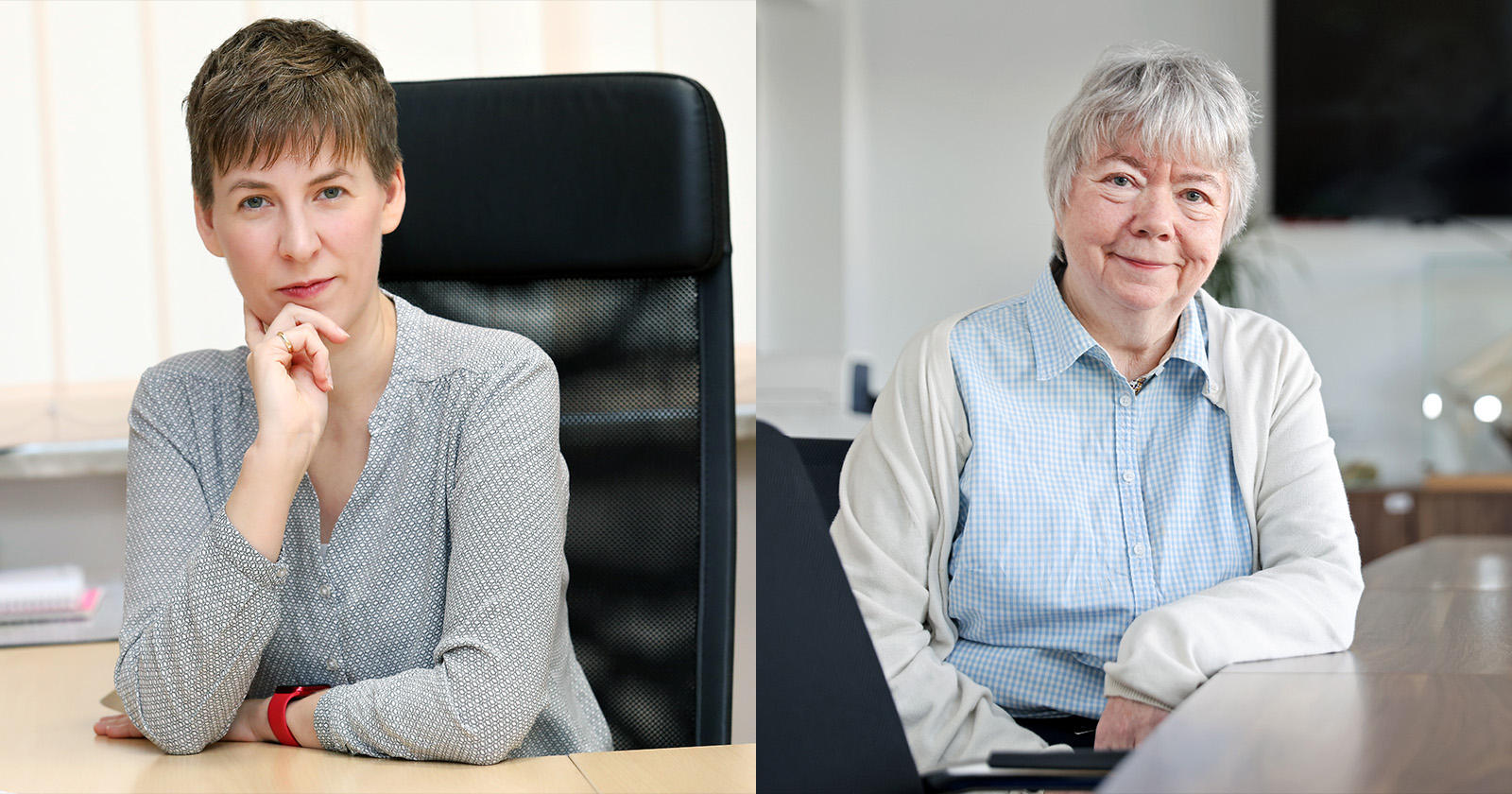A pioneering environmental recovery project, directed by the University of Stirling, will turn the Forth Valley in central Scotland into a living laboratory to support the region’s transition to a net zero economy.
The Forth Environmental Resilience Array (Forth-ERA) will use state-of-the-art technology – including sensors, satellites, artificial intelligence and digital fabric, such as 5G – to monitor the Firth of Forth catchment in real time. It will collate environmental data, including important information on water quality and quantity, and use the intelligence gathered to drive clean growth and support the region in its transition to net zero.
The data collected through this digital twin will be made available to communities, agencies, businesses and organisations, to help support decision making, create jobs and support the new infrastructures required for a net zero economy.
Scotland Hydro Nation Chair, Professor Andrew Tyler, of Scotland’s International Environment Centre at the University of Stirling, is leading the project, which is funded through the Stirling and Clackmannanshire City Region Deal. He said: “We are already feeling the effects of climate change through water, in flood and drought, but water offers solutions too, in resilience to extreme events, and in carbon capture and emissions reduction.
“Forth-ERA will provide a platform for green economic recovery by providing business, industry and regulators with access to live data, analytics, and dynamic monitoring capabilities, helping to inform agile decision making and an informed approach to cleaner, greener ways of working.
“Through driving business innovation and helping stakeholders to model the impact of climate change and foresee the consequences of interventions, Forth-ERA will help to put the environment the heart of decision making.”










